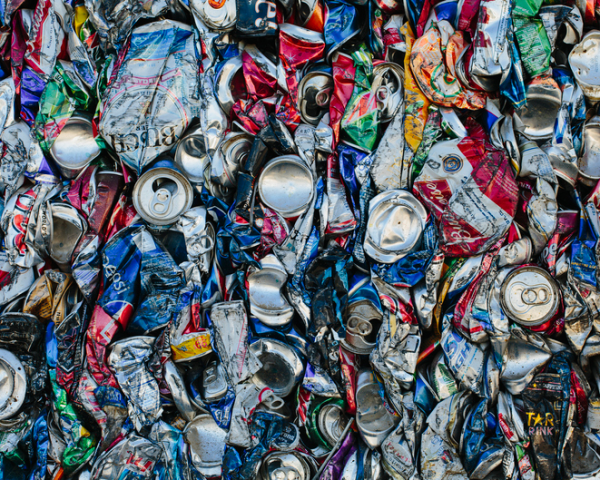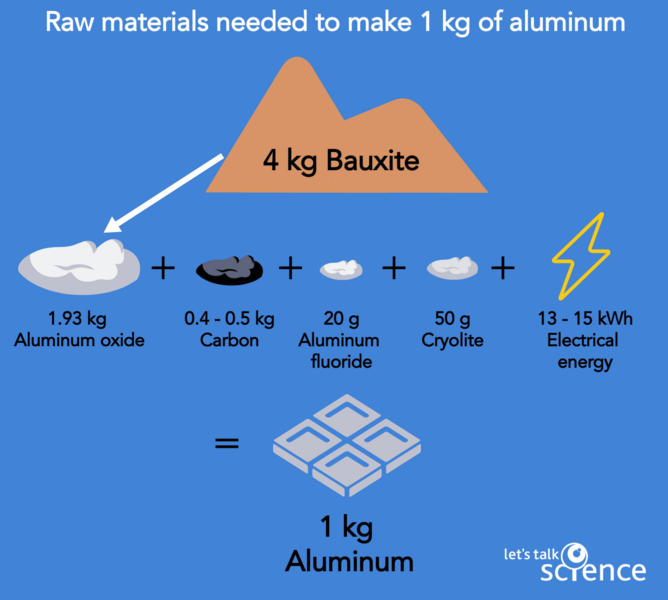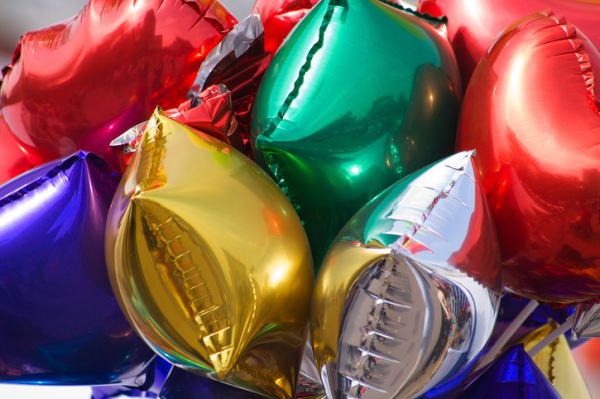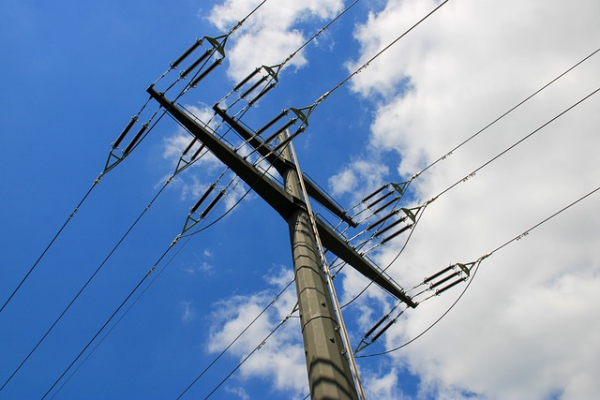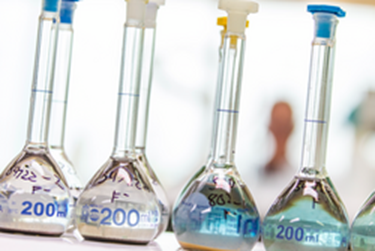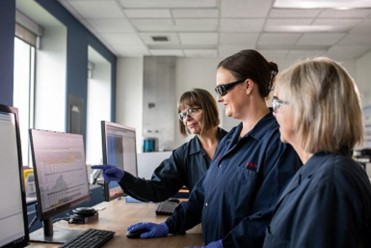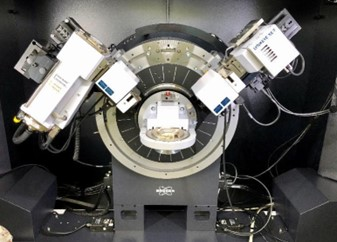Chemistry in the Aluminum Industry
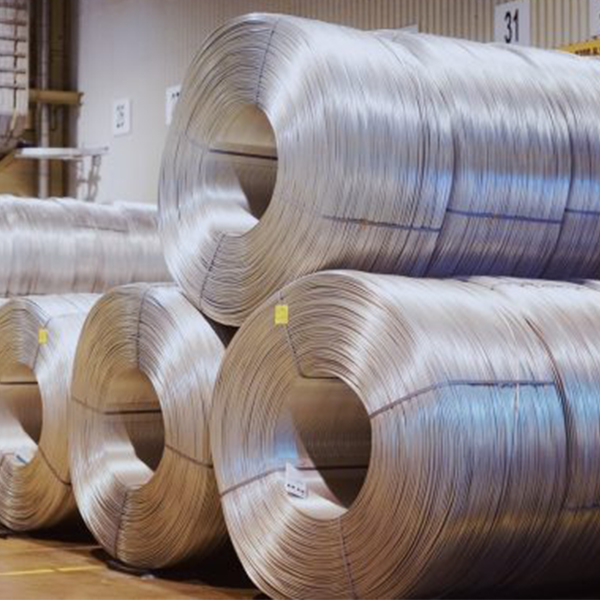
Rolls of aluminum (Rio Tinto)

Rolls of aluminum (Rio Tinto)
6.8
How does this align with my curriculum?
BC
11
Earth Sciences 11 (June 2018
Big Idea: Earth materials are changed as they cycle through the geosphere and are used as resources, with economic and environmental implications.
BC
12
Geology 12 (June 2018)
Big Idea: Minerals, rocks, and earth materials form in response to conditions within and on the Earth’s surface and are the foundation of many resource-based industries.
ON
11
Environmental Science, Grade 11, Workplace (SVN3E)
Strand E: Natural Resource science and Management
YT
11
Earth Sciences 11 (British Columbia, June 2018
Big Idea: Earth materials are changed as they cycle through the geosphere and are used as resources, with economic and environmental implications.
YT
12
Geology 12 (British Columbia, June 2018)
Big Idea: Minerals, rocks, and earth materials form in response to conditions within and on the Earth’s surface and are the foundation of many resource-based industries.
AB
11
Knowledge and Employability Science 20-4 (2006)
Unit A: Applications of Matter and Chemical Change
BC
7
Science Grade 7 (June 2016)
Big Idea: Elements consist of one type of atom, and compounds consist of atoms of different elements chemically combined.
NU
9
Knowledge and Employability Science 9 (Alberta, Revised 2009)
Unit B: Matter and Chemical Change
NU
11
Knowledge and Employability Science 20-4 (Alberta, 2006)
Unit A: Applications of Matter and Chemical Change
NU
11
Chemistry 20 (Alberta, 2007, Updated 2014)
Unit A: The Diversity of Matter and Chemical Bonding
ON
10
Science Grade 10 Applied (SNC2P)
Strand C: Chemical Reactions and Their Practical Applications
YT
7
Science Grade 7 (British Columbia, June 2016)
Big Idea: The electromagnetic force produces both electricity and magnetism.
NT
9
Knowledge and Employability Science 9 (Alberta, Revised 2009)
Unit B: Matter and Chemical Change
NT
11
Knowledge and Employability Science 20-4 (Alberta, 2006)
Unit A: Applications of Matter and Chemical Change
NT
11
Chemistry 20 (Alberta, 2007, Updated 2014)
Unit A: The Diversity of Matter and Chemical Bonding
NT
10
Knowledge and Employability Science 10-4 (Alberta, 2006)
Unit A: Investigating Properties of Matter
BC
9
Science Grade 9 (June 2016)
Big Idea: The electron arrangement of atoms impacts their chemical nature.
YT
9
Science Grade 9 (British Columbia, June 2016)
Big Idea: The electron arrangement of atoms impacts their chemical nature.
ON
9
Science Grade 9 Applied (SNC1P) (2008)
Strand A. Scientific Investigation Skills and Career Exploration
ON
9
Science Grade 9 Academic (SNC1D) (2008)
Strand A. Scientific Investigation Skills and Career Exploration
ON
10
Science Grade 10 Academic (SNC2D) (2008)
Strand A. Scientific Investigation Skills and Career Exploration
ON
10
Science Grade 10 Applied (SNC2P) (2008)
Strand A. Scientific Investigation Skills and Career Exploration
ON
10
Digital Technology and Innovations in the Changing World (2023)
A. Computational Thinking and Making Connections
BC
7
Career Education 7 (2016)
Big Idea: New experiences, both within and outside of school, expand our career skill set and options.
NS
7
Science Grade 7 (2020)
Learners will analyse particle theory in relation to substances in environments
NS
7
Science Grade 7 (2020)
Learners will test the strength and efficiency of shapes and materials used in construction.
YT
7
Career Education 7 (2016)
Big Idea: New experiences, both within and outside of school, expand our career skill set and options.
BC
8
Career Education 8 (2016)
Big Idea: Our career paths reflect the personal, community, and educational choices we make.
NS
8
Science Grade 8 (2020)
Learners will analyse how the characteristics of cells relate to the needs of organisms.
NS
8
Science Grade 8 (2020)
Learners will evaluate ways to maintain and factors that disrupt cell and system health.
NU
8
Knowledge and Employability Science 8 (Alberta, Revised 2009)
Unit C: Light and Optical Systems
NU
8
Knowledge and Employability Science 8 (Alberta, Revised 2009)
Unit E: Freshwater and Saltwater Systems
YT
8
Science Grade 8 (British Columbia, June 2016)
Big Idea: Life processes are performed at the cellular level.
NT
8
Knowledge and Employability Science 8 (Alberta, Revised 2009)
Unit C: Light and Optical Systems
